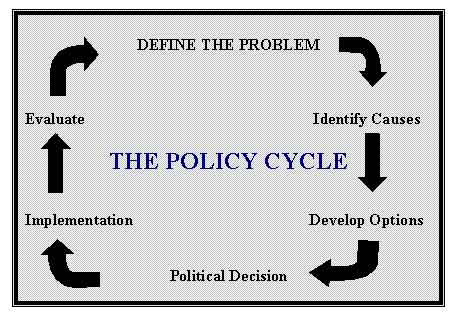

![]()
![]()
2000 Flagship Course: Health Sector Reform and Sustainable Financing
October 23 - November 22, 2000 l Washington, DC
Report
 |
Dr. Natali Dimovska
Controller-Inspector Health Insurance Fund Skopje, Macedonia |
Thanks to mutual cooperation of Macedonian Health Insurance Fund ( HIF ) , Ministry of Health and WBI- International Project Unit in Skopje , I had chance and opportunity to attend the training programme of 2000 Flagship Course: Health Sector Reform and Sustainable Financing . This course took place at World Bank Institute in Washington D.C. from October 23 till November 22 , 2000 .
With a guidance of R. Paul Shaw – Course Director and his team , this years Flagship Course was succesfull . The course was conducted through a combination of interactive presentation by subject-matter specialists followed by solutions by participants of self-assessment exercises , individual and group assigment . The course was held in English .
Objectives
At this training I learned to :

Course Content
Course modules :
I & II Week - "Analyzing health sector performance"
Lectured by :
Prof. Marc J.Roberts,
Professor of Political Economics & Health Policy, Harvard University, USA
Prof. Michael Reich, Acting Chair, Pop. & International Health School
of Public Health, Harvard University USA
Prof. William Hsiao, K.T. Li Professor of Economics School of Public
Health, Harvard University, USA
Prof. Peter Berman, Director & Associate Professor of International
Health Economics, Harvard University, USA
This first two weeks I was introduced into the ethical theories , analytical frameworks , expectations, and hypotheses that I will encounter in real life .
In this two weeks I :

Beginning with a determination of "the problem"(or outcome that society has failed to achieve), the diagnostic process works "backswards" to ascertain shortcomings ih the way inputs are configured (the causes) as well as control knobs that can be utilized to produce solution by moving the sistem from point "A" to "B".
These control knobs are:
|
CONTROL KNOBS |
Oriented Questions |
|
Who pays for and who benefits from reforms ? |
|
Who are the mechanisms of the payment and how they motivate and incentivize providers to deliver high quality care? |
|
How the providers (hospitals,health centers, clinics) are organized. The Flagship course assesses "organization " from two perspectives
|
|
Do laws and regulatons encourage or discourage haelth sistem performance outcomes( quality,equity,efficiency) |
|
How individual behaviors can influence for better health and better utilizaton of health care services? How attitudes of providers can imroved service delivery? |
III Week - "Paying, Contracting and Regulating Providers"
This 3 week I was introduced with:
I . Payment and regulation of doctors
How different providers in the health care system are paid , have an impact on their behhavior , and therefore on the achievement of the health care system ( efficiency , equity , cost containment ) .
There are three main methods of paying doctors and other health care professionals:
1.Fee for service
2.Capitation
3.Salary
II . Payment and regulation of hospitals
There are three broad option for reibursing hospitals:
1. Global budgets ( Budget allocation in the public sector)
In publicly financed health care system have to be made in order to allocate resources to regional and subregional levels (eg. hospitals and primary care clinics )
2. Retrospective payment
3. Prospective payment per case
Each system creates different incetive stuctures and may influece provider responses in different ways
III . Payment and regulation of the pharmaceutical industry
We must explore various aspects of payment and regulation of pharmaceutical industry :
--on the supply side ( manufacturing industry )
--on the demand side( influencing patients and prescribing doctors ).
To regulate pharmaceutical markets it is very important for ensure safety and efficacy of manufactured products, also for efficiency or cost – effeciveness .
IV Week - "Designing Benefit Packages and Targeting Beneficiaries"
Throughout the World , governments devote a substantial amount of financial
resources to the health sector .
There are three primary reasons why government should play a role in the haelth sector :
First , many health services represent public goods ---- that is ,one person’s use of the service does not make it less available for someone else . As a result , government involvement is required to provide an adequate supply of these goods and services . Similarly , many health services have externalities ---one person’s use affects others , such as immunizations .
Second , there is a role for government to play as an intermediary between providers ( doctors and hospitals )and consumers ( patients ) .
Third , ensuring the universal availability of basic health services is an important role for the government because of the impact on health status and poverty reduction .
Government involvement in the health sector is expected to have impact on both efficiency and equity.
Desingning a package of services has certain advantages .
Grouping together services in a package has the following benefits :
A basic package of health services has three main distinguishing features :
There are many types of packages :